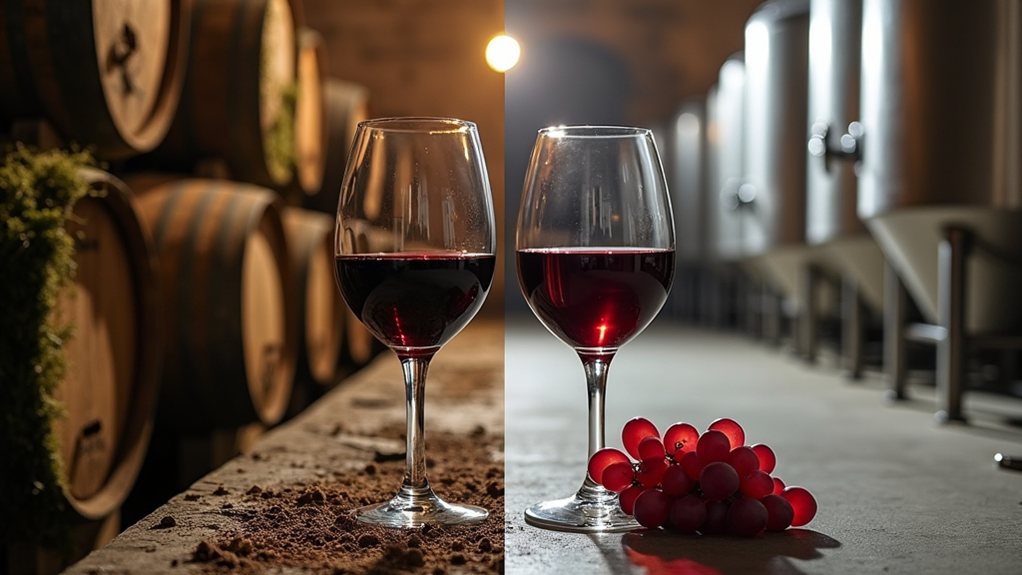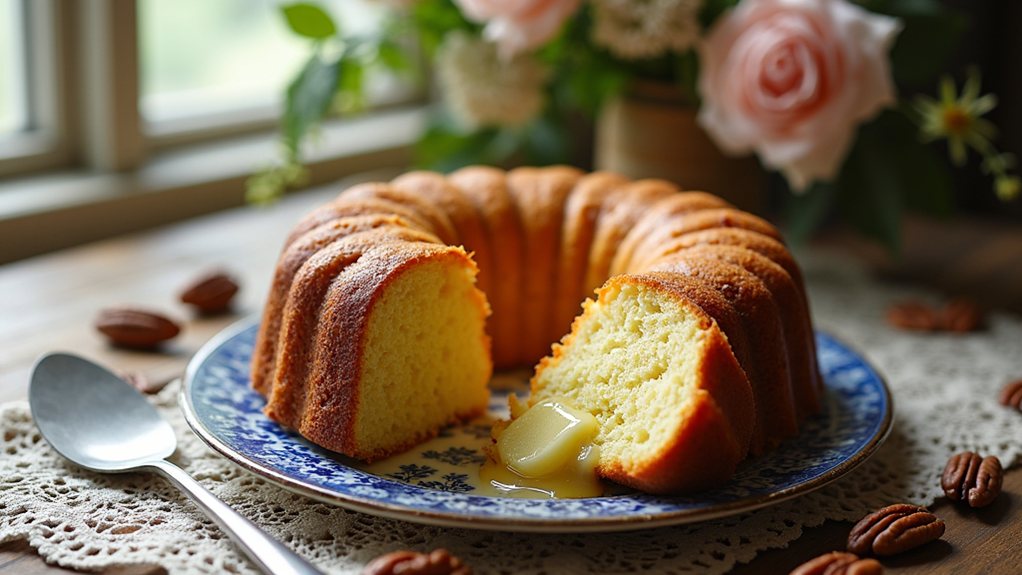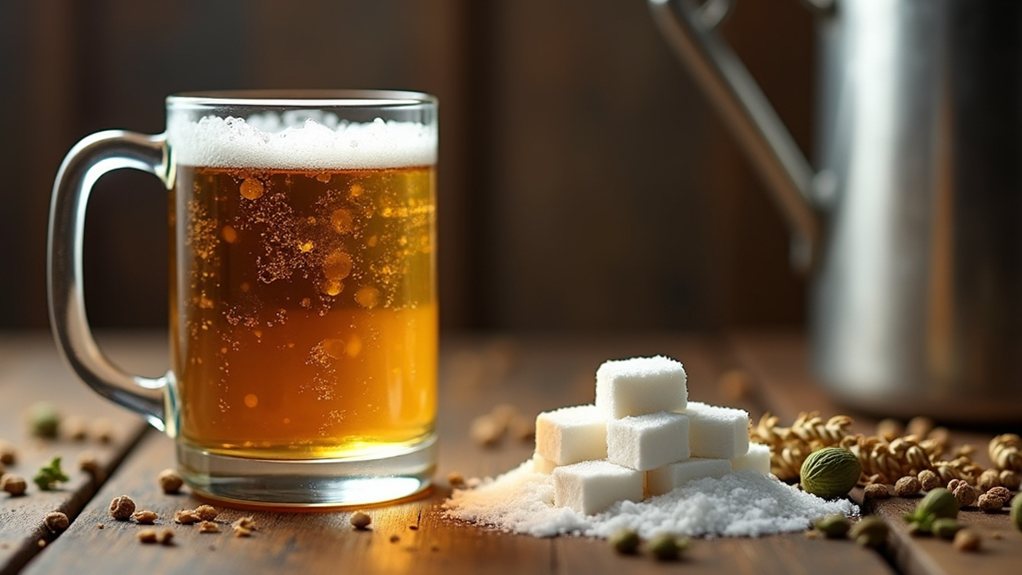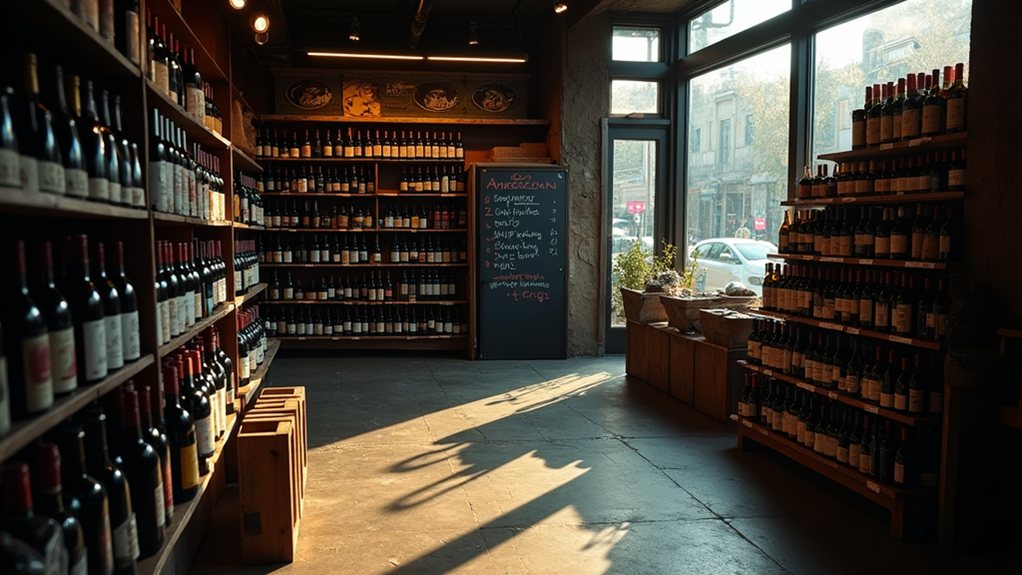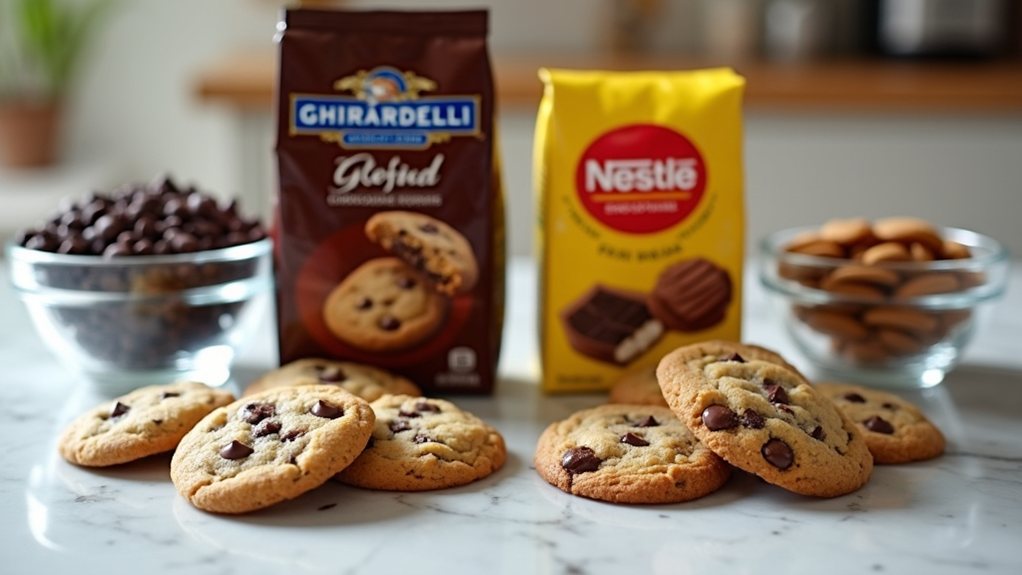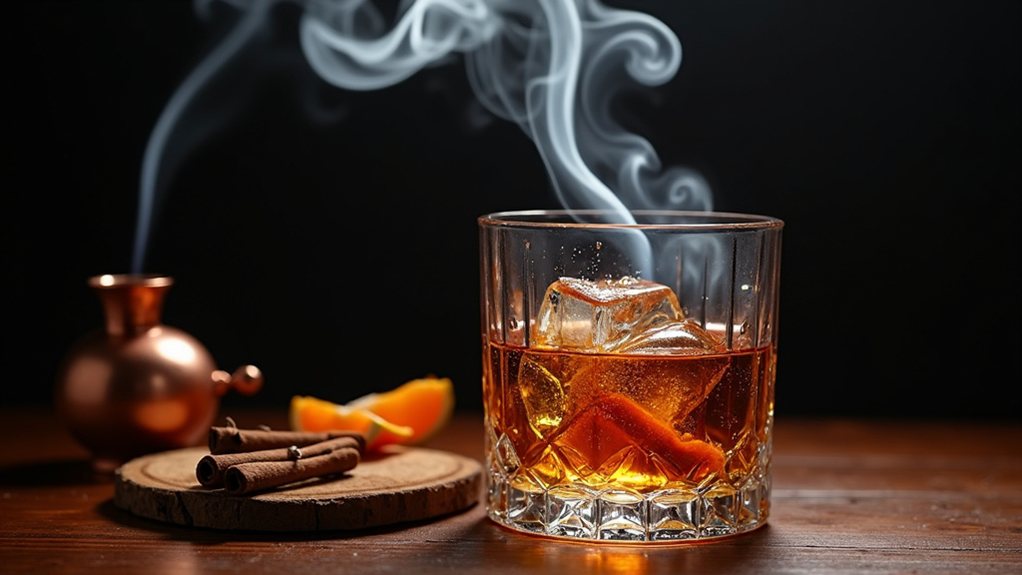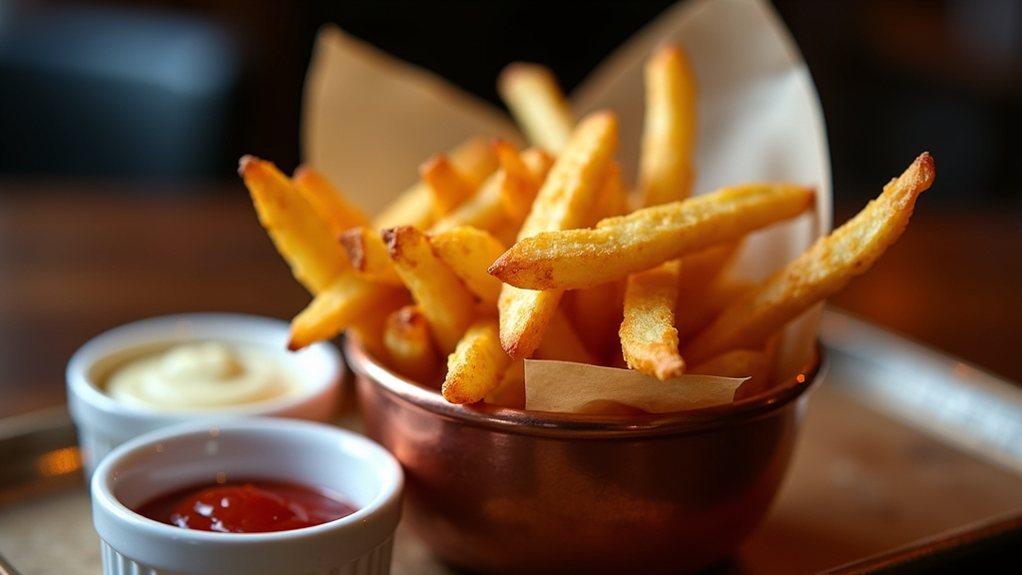Wine enthusiasts often divide the world of wine into two distinct categories: Old World and New World. This distinction, while seemingly geographical, actually represents fundamentally different philosophies of winemaking. Old World wines from Europe welcome tradition, terroir, and restraint, while New World regions like California and Australia favor innovation, bold flavors, and technological advancement. Understanding these contrasting approaches reveals why the same grape variety can produce dramatically different experiences in the glass.
Beyond Geography: Two Distinct Wine Philosophies
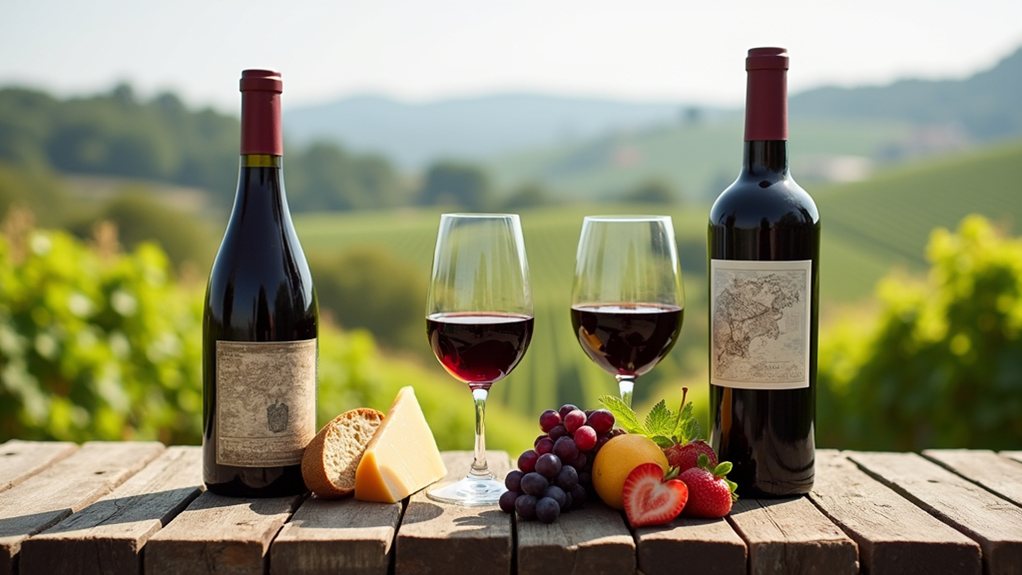
The distinction between Old World and New World wines represents one of the fundamental divides in the wine universe, separating not just geographic origins but entire philosophies of winemaking. While maps clearly show Europe as the Old World and regions like Australia, South Africa, and the Americas as the New World, the true differences run much deeper than simple geography. These differences reflect centuries of cultural approaches to wine production that have evolved under vastly different circumstances.
The geography of wine tells only half the story—behind each bottle lies centuries of cultural evolution shaping distinct winemaking philosophies.
When examining wine labels, the contrasting philosophies become immediately apparent. Old World bottles proudly display regional names like Bordeaux or Chianti, connecting the wine to its specific terroir, while New World producers boldly showcase grape varieties like Cabernet Sauvignon or Chardonnay on their labels. This distinction isn’t merely marketing—it reflects essential values about what makes wine special.
The production techniques further illustrate this divide. European winemakers often adopt traditional methods passed down through generations, allowing natural processes to guide fermentation with minimal intervention. In contrast, New World producers frequently utilize modern technology, using stainless steel tanks and precise temperature control to achieve consistent results year after year. The strict regulations like France’s AOC system have heavily influenced how Old World wines maintain their traditional characteristics and regional identity over time.
These approaches yield noticeably different wines in the glass. Old World wines typically present lighter bodies with subtle fruit notes, higher acidity, and distinct mineral qualities that reflect their specific growing sites. New World counterparts offer bolder, fruit-forward profiles with higher alcohol content and often prominent oak influences that showcase the ripeness achieved in warmer climates. The New World wines frequently display barrel flavors that manifest as vanilla, coconut, or coffee notes. Much like how whiskey enthusiasts appreciate the tasting journey through different expressions, wine lovers can explore the distinct narratives each regional style presents.
Climate plays a vital role in these differences, with Europe’s generally cooler growing regions producing different flavor profiles than the sun-drenched vineyards of California or Australia. Yet consumer preferences have also shaped these distinctions, with markets rewarding boldness in some regions and elegance in others. When pairing with food, the balanced sweetness and acidity of off-dry Rieslings work beautifully with bold, sharp cheeses regardless of the wine’s origin.
Understanding these differences isn’t about declaring one approach superior, but appreciating how history, culture, climate, and technology have created two complementary approaches to the ancient art of winemaking, offering wine lovers an incredible spectrum of choices.
